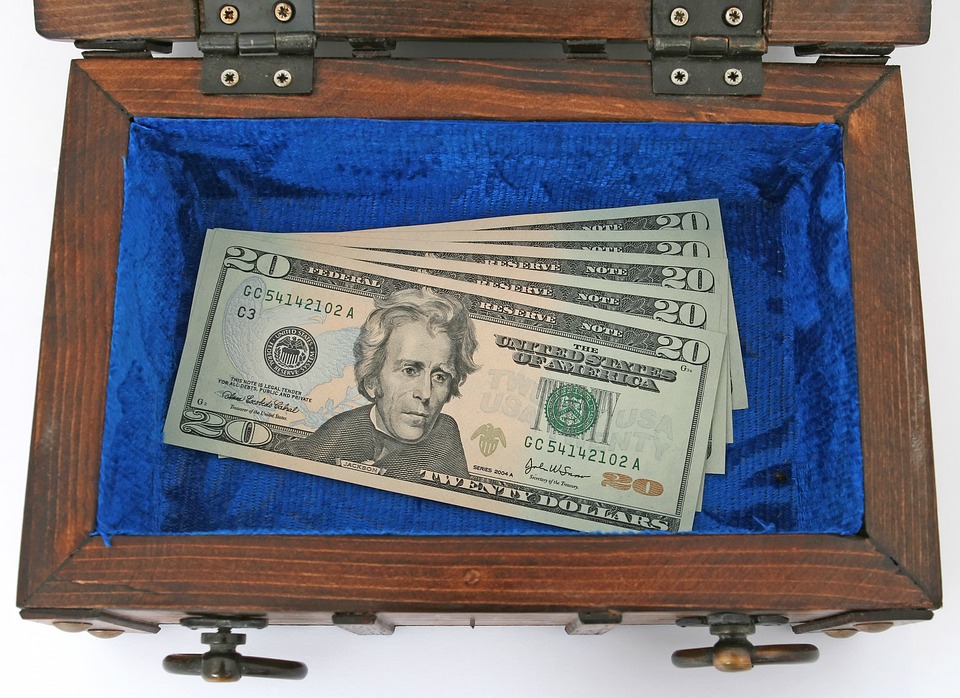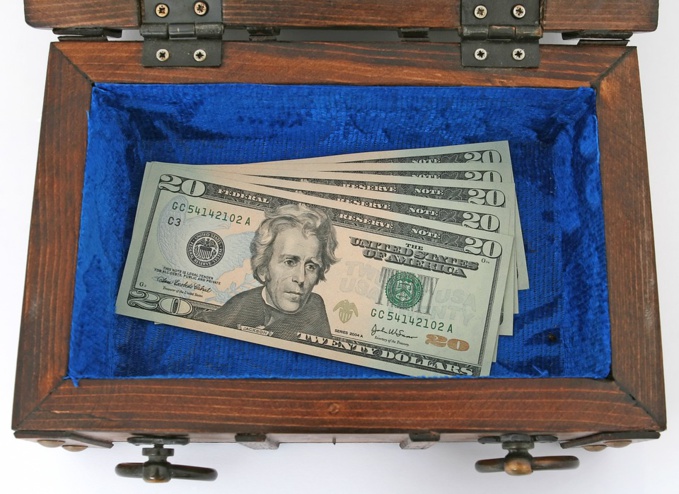High technologies are on the second place in popularity among the wealthy people. It takes $ 989 billion, or 14% of total revenues of billionaires, followed by finance and investment, which occupy third place with the number of $ 962 billion.
The area of natural resources (oil, energy, metals and mining) holds the 4th place with $ 623 billion, and car production is in the fifth place - $ 561 billion. In general, the first four areas attracted more than half of the billionaires from all over the world; the fifth sphere accounts for 60% of the super-rich’s money.
In many cases, billionaires’ welfare is closely linked with places where they live. Milan is the retail and fashion center, followed by New York, Paris and London, which are well-known fashion capitals, too.
San Francisco tops the list of high-tech centers, followed by Beijing, Los Angeles, Bangalore, Seoul, Hong Kong and Seattle. New York is one of the world’s financial and investment centers, followed by San Francisco, Moscow, Los Angeles and Miami.
The gap between billionaires and ordinary residents of cities is huge. It looks even more staggering given a measure of inequality between the superrich and ordinary people, which compares well-being of billionaires with average income, basing on the volume of economic production per person.
This gap is most pronounced in the poorer and less developed cities such as Bangalore, Mumbai, Mexico City, Manila, Jakarta, New Delhi, Bangkok, Hangzhou, Beijing, Shanghai, Rio de Janeiro, Sao Paulo and Santiago. It is also very noticeable in the more developed cities such as Seattle, Dallas, Paris, Stockholm, Toronto and Tokyo.
What makes super-rich choose particular cities? To understand this, researchers conducted a basic analysis to compare number of billionaires and their total well-being in accordance with key characteristics of the world's urban centers. The researchers took into account features such as size of population, economic output and productivity.
It is worth noting that the correlation is not necessarily based on the causative connection, but simply highlights associations between different variables.
When it comes to geographical distribution of billionaires, the most important indicator is the city’s size. Population of metropolitan areas is clearly correlated with number of billionaires and net worth of their assets.
Billionaires are even more closely linked with volume of the city's economy, which depends on economic output and number of billionaires, as well as their overall well-being. Thus, if we take into account the analysis, the most competitive cities and the world’s hi-tech capitals would host quite large number of billionaires.
However, some of the world’s most competitive and financially strong cities in fact accommodate less billionaires than it should be, given their financial and economic power.
At that, smaller cities have more billionaires than could be assumed judging by their size of economies, competitiveness and financial strength.
Ultimately, geography of super-rich habitat is changing rapidly and quite chaotic. The top ten metropolitan areas account for almost one-third (30.7%) of super-rich people in the world. This makes up less than 2% of the world’s population.
The first ten metropolitan areas control more than $ 2.5 trillion, which is equal to the GDP of Brazil, Italy or India. 20 largest agglomerations own $ 3.4 trillion, equivalent to the GDP of Germany, the fourth largest economy in the world.
The 50 largest metropolitan areas hold $ 5 trillion-worth assets, equal to the third largest economy in the world after the US and China.
source: citylab.com
The area of natural resources (oil, energy, metals and mining) holds the 4th place with $ 623 billion, and car production is in the fifth place - $ 561 billion. In general, the first four areas attracted more than half of the billionaires from all over the world; the fifth sphere accounts for 60% of the super-rich’s money.
In many cases, billionaires’ welfare is closely linked with places where they live. Milan is the retail and fashion center, followed by New York, Paris and London, which are well-known fashion capitals, too.
San Francisco tops the list of high-tech centers, followed by Beijing, Los Angeles, Bangalore, Seoul, Hong Kong and Seattle. New York is one of the world’s financial and investment centers, followed by San Francisco, Moscow, Los Angeles and Miami.
The gap between billionaires and ordinary residents of cities is huge. It looks even more staggering given a measure of inequality between the superrich and ordinary people, which compares well-being of billionaires with average income, basing on the volume of economic production per person.
This gap is most pronounced in the poorer and less developed cities such as Bangalore, Mumbai, Mexico City, Manila, Jakarta, New Delhi, Bangkok, Hangzhou, Beijing, Shanghai, Rio de Janeiro, Sao Paulo and Santiago. It is also very noticeable in the more developed cities such as Seattle, Dallas, Paris, Stockholm, Toronto and Tokyo.
What makes super-rich choose particular cities? To understand this, researchers conducted a basic analysis to compare number of billionaires and their total well-being in accordance with key characteristics of the world's urban centers. The researchers took into account features such as size of population, economic output and productivity.
It is worth noting that the correlation is not necessarily based on the causative connection, but simply highlights associations between different variables.
When it comes to geographical distribution of billionaires, the most important indicator is the city’s size. Population of metropolitan areas is clearly correlated with number of billionaires and net worth of their assets.
Billionaires are even more closely linked with volume of the city's economy, which depends on economic output and number of billionaires, as well as their overall well-being. Thus, if we take into account the analysis, the most competitive cities and the world’s hi-tech capitals would host quite large number of billionaires.
However, some of the world’s most competitive and financially strong cities in fact accommodate less billionaires than it should be, given their financial and economic power.
At that, smaller cities have more billionaires than could be assumed judging by their size of economies, competitiveness and financial strength.
Ultimately, geography of super-rich habitat is changing rapidly and quite chaotic. The top ten metropolitan areas account for almost one-third (30.7%) of super-rich people in the world. This makes up less than 2% of the world’s population.
The first ten metropolitan areas control more than $ 2.5 trillion, which is equal to the GDP of Brazil, Italy or India. 20 largest agglomerations own $ 3.4 trillion, equivalent to the GDP of Germany, the fourth largest economy in the world.
The 50 largest metropolitan areas hold $ 5 trillion-worth assets, equal to the third largest economy in the world after the US and China.
source: citylab.com



















